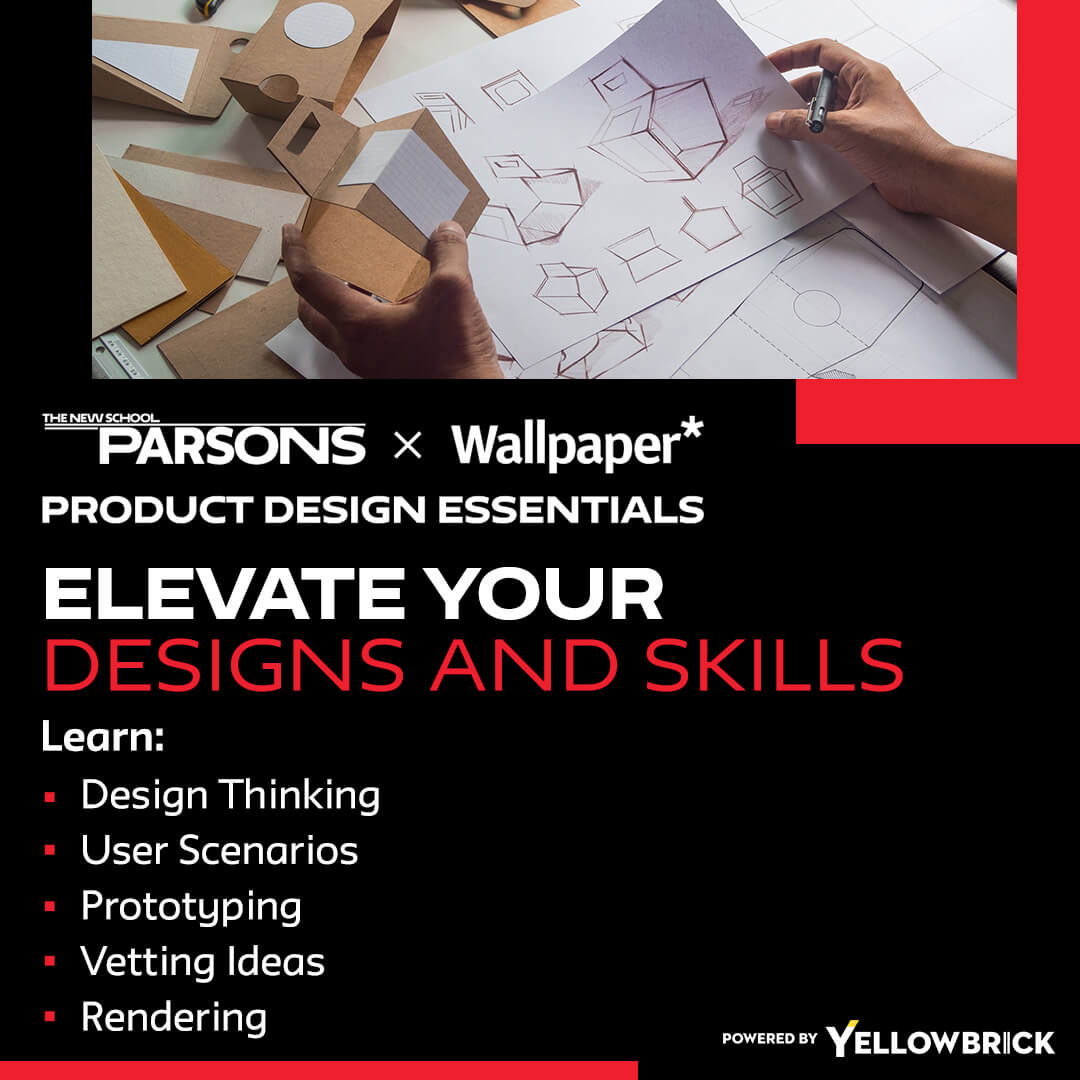7 Principles of Good UX Design

UX, or user experience, is how a user engages with and experiences a product, system, or service. UX can include a person’s grasp of effectiveness, usability, and efficiency. As a field, UX design is constantly adapting and evolving with the advancement of technology.
However, there are fundamental principles that form the basis of good design. UX Designers need to consider these seven principles when drafting a user experience to have a seamless design.
1. Visual Hierarchy
Visual hierarchy refers to the page, product, or service organization and order of design elements. A clearly mapped visual hierarchy draws the user’s eye to the most important aspects, ensuring that users navigate the content as intended. For example, designers may use size and scale to focus by creating larger fonts or icons. They can also use color and contrast to indicate where the user should start or group specific elements.
Tip: Use wireframing tools to help map out design elements and establish the hierarchy.
2. Accessibility
Users need to interact with a page easily, including people with disabilities. Text readability and colorblind-friendly palettes are elements designers should keep in mind to create an accessible and inclusive interface. Designers should also refrain from using color to relay information and ensure the contrast between text and background.

3. Consistency
Consistency should be at the center of any design plan. Functions on a site — such as buttons and links — should perform similarly throughout the design. While innovation is a key factor in design, users trend more towards familiarity because it allows them to learn the product quickly. Therefore, many apps and sites have similar templates and button placement.
Tip: Using a user journey or reviewing user flows can help ensure buttons, links, text, etc., are consistent.
4. Usability Testing
The purpose of UX design is to solve users’ problems. For example, if a product is visually appealing but difficult to use, users will lose interest, and the product will not be successful. Usability testing informs user research and refers to the practice of testing how easy an interface is to use.
During the test, users interact with the design, and designers note any issues or complications. If multiple users experience the same problems, a fundamental design flaw needs to be addressed before releasing the product to the general public.
5. Typography
Typography can make or break a design. This area of design focuses on font size, width, color, and line lengths. Typography can make a design more cohesive and create a more aesthetically pleasing experience for users when used correctly.

6. Consider Context
In UX design, context refers to user behavior and demographics. Consider how users access your design and where they may be accessing it from. Use surveys to collect information on potential users and incorporate it into your design.
7. Give the User Control
The user is the most important aspect of UX design. Throughout the design process, it’s crucial to put users’ needs at the forefront. Designers should engage with users to better understand users’ expectations, pain points, and opinions. Conducting user testing and research, interviews, and focus groups are great ways to gather user feedback and insight.
For more information on UX design and careers in the industry, check out the Yellowbrick x Creative Bloq UX Design Foundations course.
